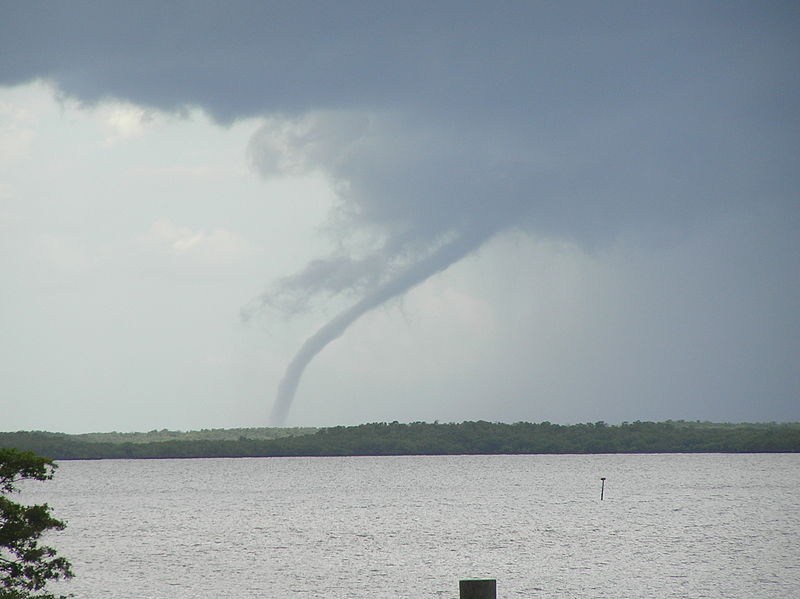A waterspout off the waters of Destin, Florida, took the headlines this week after it also went viral on social media.
The weather-related event is massive compared to the average swirling vortex of air.
There were no reported damage or casualties during the incident.
However, meteorologists determined that the waterspout occurred during a strong thunderstorm located offshore and moved southeast before dissipating immediately.
The said rotating air column is reportedly larger than previous waterspouts in Florida.
Florida Coast Waterspout

The incident was captured on camera and one of its videos was uploaded on YouTube by the KHOU 11 television channel on Wednesday, August 17.
The video description noted that a waterspout or a tornado appeared off the waters of Henderson Beach in Destin.
The footage was reportedly captured during a Sunrise Beach Service at the Silver Shells Beach Spa & Resort in the early morning of Tuesday, August 16.
The footage was reportedly recorded by Boo Freeman and posted it on Instagram.
United States weather authorities also issued a "special marine warning" for offshore waters following the waterspout sighting.
What is a Waterspout?
A waterspout is a weather-related phenomenon described as a whirling column of air and water mist, according to the National Ocean Service (NOS).
Waterspouts are classified into two categories: fair weather waterspouts and tornadic waterspouts.
Fair weather waterspouts form and progress along the "dark flat base of a line" of cumulus clouds that are still developing.
Unlike tornadic waterspouts, this type of waterspout is generally not linked with thunderstorms, which is known for producing not only waterspouts but also tornadoes.
A fair weather waterspout works its way upward after developing on the surface of the water. It forms under light wind conditions which makes them move very little.
Moreover, tornadic waterspouts are literally tornadoes that form over water or tornadoes that move from inland areas to bodies of water.
Associated with thunderstorms, this type of waterspout is similar to a land tornado.
Tornadic waterspouts are often accompanied by storm-related weather hazards like high winds, large hail, and dangerous lightning, the NOS explained.
Florida Waterspouts
In general, waterspouts frequently occur over bodies of water in tropical and subtropical regions of the world, including in the waters off Florida Keys, Greece islands, and Eastern Australia, according to the National Geographic Society.
In the US, fair weather waterspouts commonly transpire over the coastal waters of South Florida from late spring in March and early fall season in September, according to the National Weather Service (NWS).
The US weather agency also said fair weather waterspouts are typically less dangerous phenomena, relative to land tornado and tornadic waterspouts.
However, the NWS still advises that the best way to avoid a waterspout is to move at a 90-degree angle to its apparent direction; highlighting that getting too close to investigate a waterspout can be as dangerous as tornadoes, as cited by the NOS.
Both the NOS and the NWS are under the National Oceanic and Atmospheric Administration (NOAA).
© 2025 NatureWorldNews.com All rights reserved. Do not reproduce without permission.





